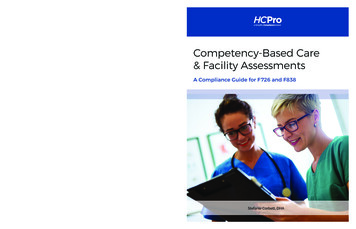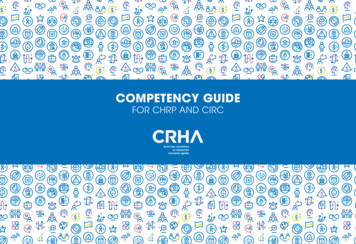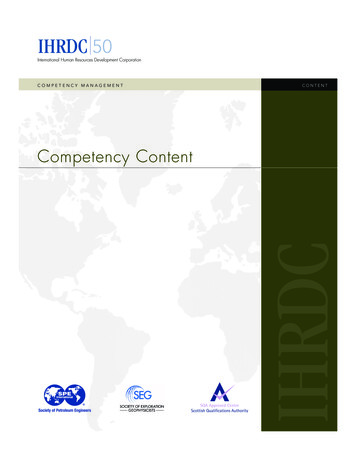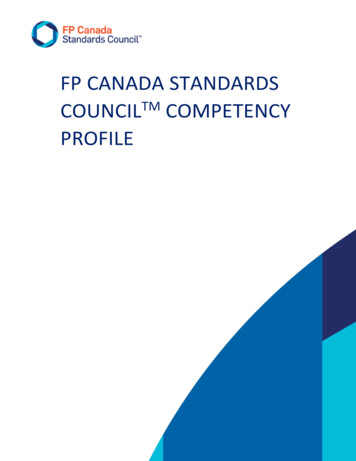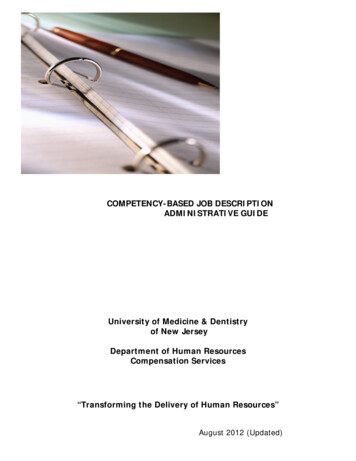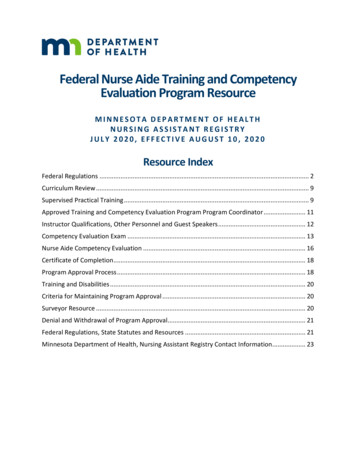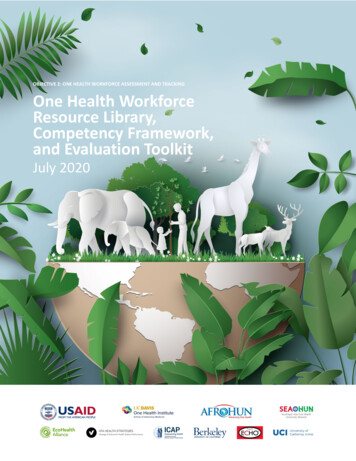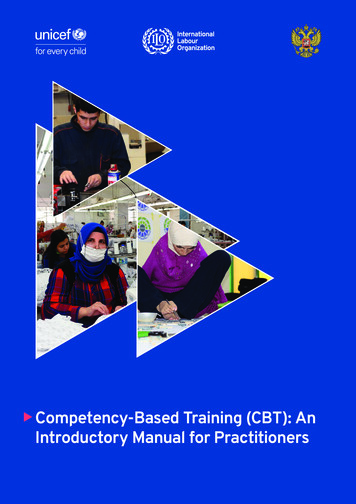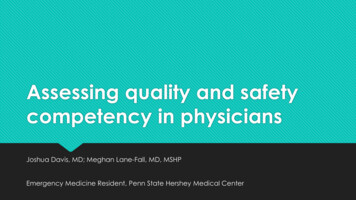
Transcription
Assessing quality and safetycompetency in physiciansJoshua Davis, MD; Meghan Lane-Fall, MD, MSHPEmergency Medicine Resident, Penn State Hershey Medical Center
Disclosures ABMS Visiting Scholar Former ACMQ Quality Scholar Honoraria from AAFP Research Funding from SDRME
Objectives Discuss assessment of quality and safety in GME Discuss assessment of quality and safety in MOC Consider novel approaches to assess competency in qualityand safety
Why is this important . . .
How are we doing?98,000-440,000 deaths per yeardue to medical errorOnly give about 55% ofappropriate care, and littleimprovement since 2009US is by far highest cost countryfor medical care with littledemonstrable outcomes to showfor itMakary MA, Daniel M. Medical error – the third leading cause of death in the US. BMJ. 2016;353:i2139. Landrigan CP, Parry GJ, Bones CB, Hackbarth AD, Goldmann DA, Sharek PJ. Temporal trends in rates of patient harm resulting from medical care. N Engl J Med. 2010;363(22):2124-2134 Institute of Medicine). To Err is Human—Building a SaferHealth System. Washington, DC: The National Academies Press; 2000Institute of Medicine. Crossing the Quality Chasm: A New Health System for the 21st Century. Washington, DC: The National Academies Press; 2001. Levine et al. The Quality of Outpatient Care Delivered to Adults in the United States, 2002 to 2013. JAMA InternMed. 2016;176(12):1778-1790. AND Berwick and Hackbarth Eliminating Waste in US Health Care JAMA. 2012;307(14):1513-1516. AND Organisation for Economic Co-operation and Development (OECD). 2016. OECD Health Data 2016. June. http://stats.oecd.org/index.aspx?DataSetCode HEALTH STAT AND CommonwealthFund. 2011. Why Not the Best? Results from the National Scorecard on U.S. Health System Performance, 2011. Commonwealth Fund Commission on a High Performance Health System. Available at Why Not the Best? Results from the National Scorecard on U.S. Health System Performance
Quality and Safety in Medical Education AAMC EPA 13 ACGME Competencies MOC Part IV
Two part project
What does every physician, regardless ofspecialty, need to know in quality and safety?
Qualitative Content analysis of Milestone documents from26 specialties Codebook developed All milestones read and coded Counts, level, types of milestones
Concepts Identified QualityImprovement Patient Safety Teamwork Documentation Equity HandoffCommunication Patient-CenteredCare Cost-Effectiveness
Figure 1. Levels of references associated with Quality Improvement and Patient Safety in 26ACGME Milestones
Table 1. Number of references to quality and safety in 26 ACGME Milestonedocuments
So what? Some variability, as expected, but there are some unifying themes QI and PS are not limited to SBP and PBLI and should be integrated intoclinical practice Fundamentals of patient safety are a basic skill that should be expectedof early residents Deeper understanding of QI may require clinical experience first
How do the 24 member boards of the ABMSintegrate quality and safety into MOC?
Modified previously identified GME framework for MOC 3-source multimodal, qualitative approach Survey with 23/24 Boards responding Similar codebook methodology
So what? Again, expected variability across specialties HOWEVER, there are novel approaches we can learn from eachother Diplomate-driven approaches not assessed in this study
Putting it all together There is likely a core set of knowledge skills abilities that all physicians,regardless of specialty, need in quality and safety There are specialty-specific components to quality and safety, as well As a community, we need to decide what is important to assess inDiplomates regarding quality and safety Then, we can more closely examine how best to assess these items andconsider novel approaches
vis15@pennstatehealth.psu.edu
To Err is Human—Building a Safer Health System. Washington, DC: The National Academies Press; 2000Institute of Medicine. Crossing the Quality Chasm: A New Health System for the 21st Century. Washington, DC: The National Academies Press; 2001. Levine et al. The Quality of Outpatient Care Delivered to Adults in the United States, 2002 to 2013 .

